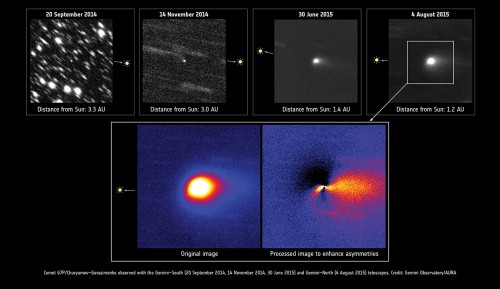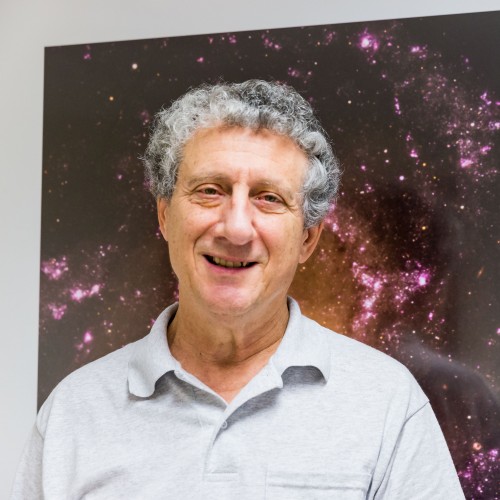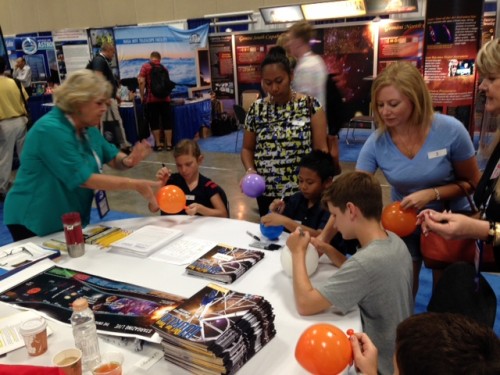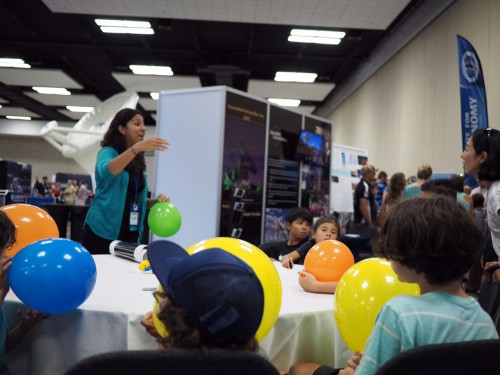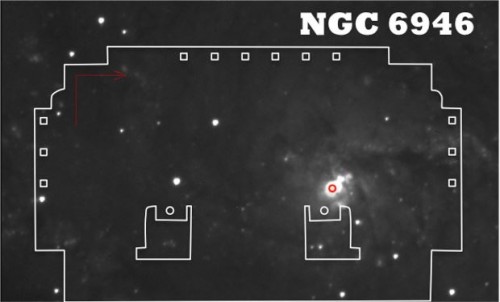At the International Astronomical Union (IAU) General assembly 2015, Gemini’s Markus Kissler-Patig, Nancy A. Levenson, and Scot J. Kleinman are presenting talks on the future of science, instrumentation, and operations at Gemini Observatory. These talks will center around scientific highlights, new operations approaches, and new instruments and initiatives.
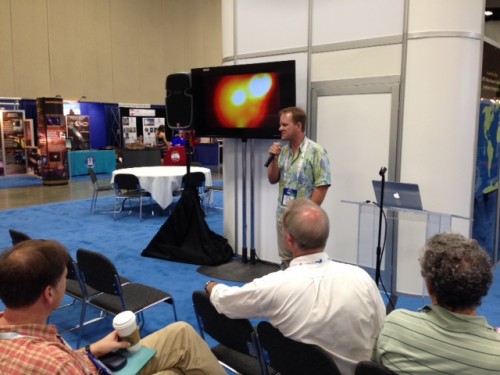
Gemini’s Markus Kissler-Patig giving his presentation at IAU2015
Markus Kissler-Patig is scheduled to speak on Thursday, August 6th at 10:00 AM, Nancy A. Levenson is scheduled to speak on Thursday, August 6th at 6:00 PM, and Scot J. Kleinman is scheduled to speak on Wednesday, August 12th at 3:30 PM.
Here are some of the exciting topics in their talks.
Science Results
Gemini’s international research community is making remarkable and innovative use of the diverse capabilities on both telescopes. From discoveries of young analogs to our Solar System, and observations of explosive stellar outlfows with our unique multi-conjugate adaptive optics instrument (GeMS), to uncovering extremely massive black holes in the smallest of galaxies.
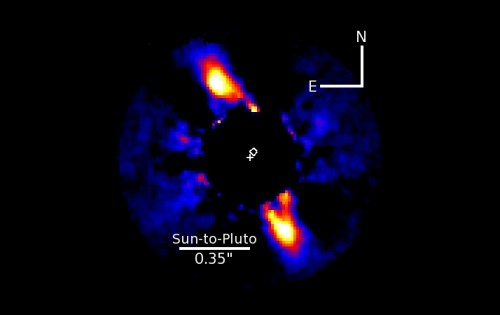
Planets and disks using the Gemini Planet Imager. Picture credit Currie et al. 2015
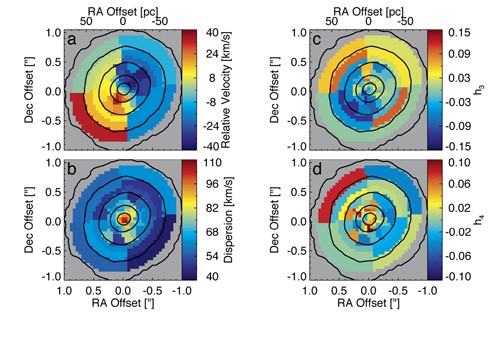
The smallest galaxy with a super massive black hole. Picture credit Seth et al. 2014
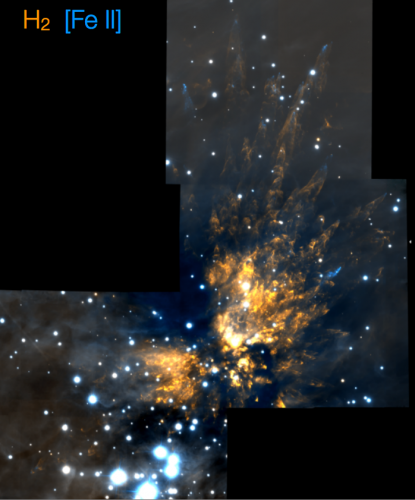
The explosive stellar outlfow of Orion Molecular Cloud 1. Picture credit Bally et al. 2015
The number of Gemini publications has steadily been on the rise since 2002, with Gemini North and Gemini South having nearly equal publications since 2013. In 2014 nearly 25% of publications used AO.
New Operations Approaches
In order to expand Gemini’s direct interactions with our users and provide innovative ways to submit proposals for observations at Gemini, several new programs and modes are now available such as: Bring One, Get One, Large and Long Programs, and Fast Turnaround Program.

From left to right, top to bottom: Allison Noble, Anja Feldmeier, Dylan Angell, and Dr. Sarah Sweet are all past participants of the Bring One, Get One program
New Instruments and Initiatives
Extensive work is ongoing to develop Gemini’s future instrumentation and keep new and current instruments modern and competitive. Highlights include implementation of new instruments, like the Gemini High-resolution Optical SpecTrograph (GHOST), and upgrading current instruments, like the laser upgrade for the Gemini Multi-Conjugate Adaptive Optics System (GeMS).
Also featured in the presentations at the IAU is the Gemini Feasibility Study (GIFS) to develop concepts for a next-generation-instrument at Gemini. Recently, Gemini launched feasibility studies of four instrument concepts, these include: Gemini Efficient Optical and Near-Infrared Imager (GEONIS), Gemini Multi-Object eXtra-wide (GMOX), Montreal-Ohio-Victoria-Echelle Spectrograph (MOVIES), and OCTOCAM. These instruments are meant to have broad scientific appeal, offering a wide range of uses.
With all of these plans, Gemini aims to better support the astronomical community and engage our users in the future of Gemini.
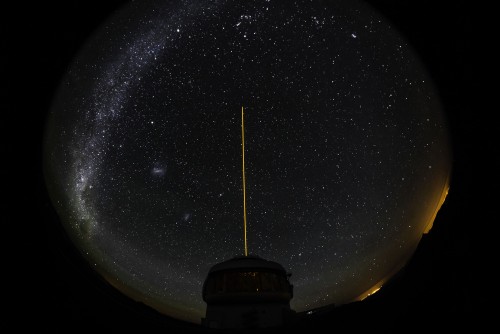
Gemini will be upgrading the GeMS laser at Gemini South
